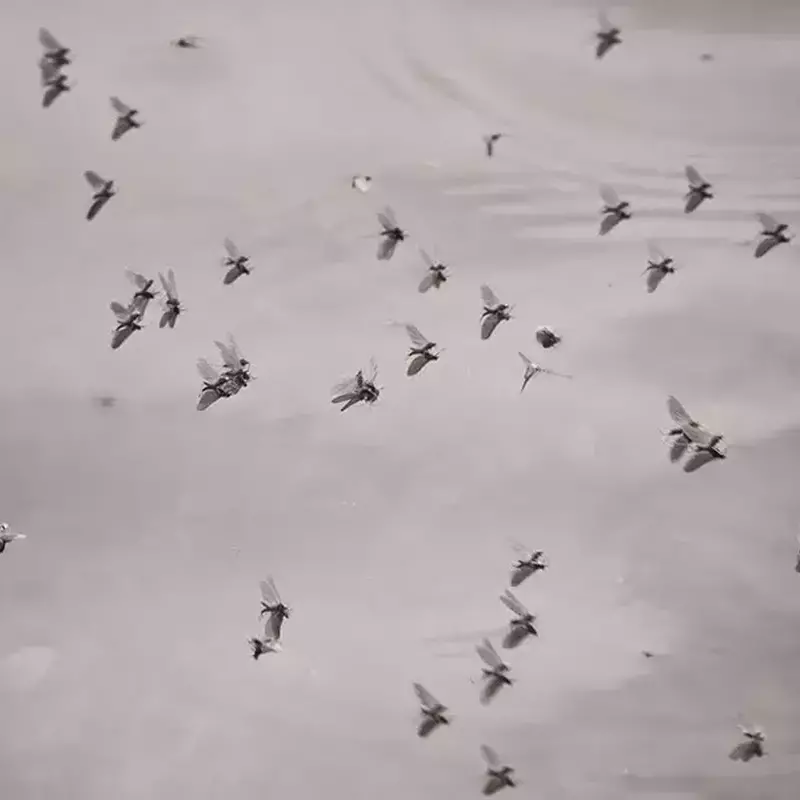Mayfly Life Cycles
Posted by: Nick Bacon
Date: 12/16/2023
Mayflies play a large role in the aquatic ecosystem, providing diverse stages that present the angler fishing Montana with myriad opportunities . The mayfly is one of the most significant insects Montana fly-fishing, and understanding the differing sequences they undergo can become an advantage while on the water.
Mayfly Life Cycle Explained: Four Stages
Notorious for their graceful qualities as adults, like miniature sailboats riding the water surface, mayflies impact our rivers through all stages of life. These stages are divided into four classifications: egg, nymph, subimago (dun), and imago (spinner).
Egg Stage:
Mayflies begin their cycle as eggs deposited on the water surface from female adults. The eggs settle along the riverbed, clinging to rocks and other structures. Depending on the species, eggs can be laid in clutches anywhere from 50-10,000 and will typically hatch after two weeks.
Nymph Stage:
After the egg hatches, a nymph is formed. Nymphs continue to live sub-surface, scavenging on algae and other detritus found in the environment. They are typically found clinging to rocks and other large structures but are often knocked loose from current, placing them in trout feeding lanes. This stage can last two weeks to two years with most species in an annual cycle from nymph to Subimago.
Subimago Stage:
Referred by most anglers as the "dun", this stage is formed when the nymph reaches the surface and their nymphal shuck is relieved, allowing a winged adult to emerge. The subimago then rests on top of the water allowing its newly acquired wings to dry, making them very vulnerable to trout. The ones that survive the initial dry, then fly to the bank where they complete a final molt to begin the spinner phase. Duns typically have opaque wings and are a bit waxier in color compared to the imago stage.
Imago Stage:
Also known as "spinner", this is the final stage in the mayfly life cycle. Adults fly up into the air and move in a bobbing motion, almost like a dance, and mate. After the mating process, these fully developed mayflies return to the water's surface where the females release their eggs and die. Dead spinners, also referred to as spent, offer another opportunity for trout to feed. You can distinguish a spent spinner on the water typically by the flattened aspect of the wings.
Understand the Bugs For Angling Success
The mysteries revolving around the life cycle of the mayfly can cause much speculation. How and when we distinguish the subtleties between these life stages will deepen the relationship between angler and trout. Fly fishing places the entomological world under a microscope to better understand our pursuit. Trout selectively feed on each life stage of mayflies based on their activity and availability. Learn to identify each type of mayfly hatch and the flies that anglers use to imitate them.








